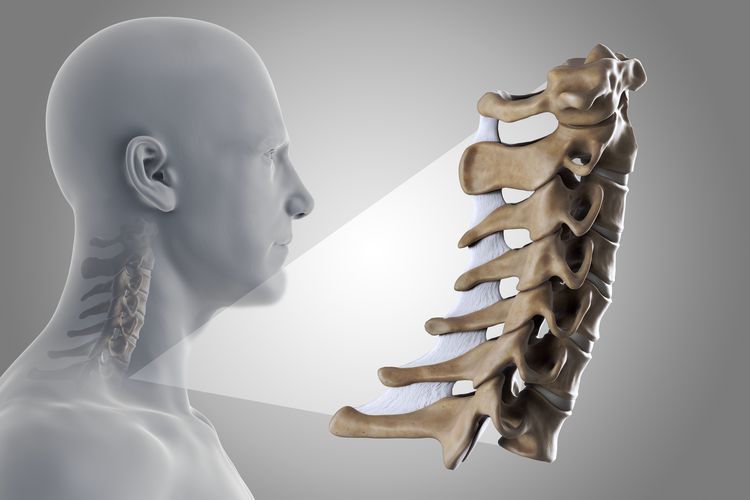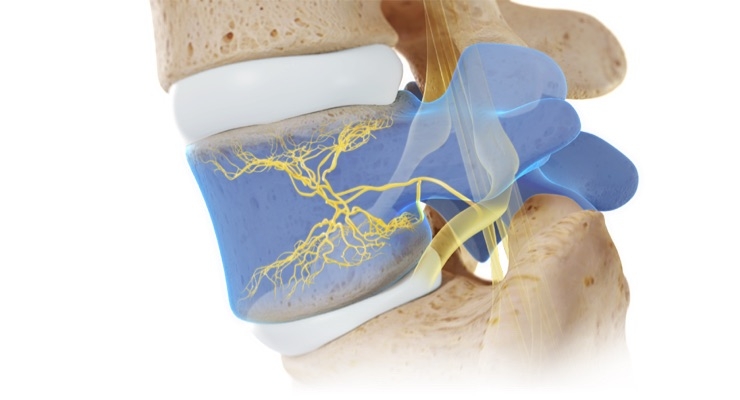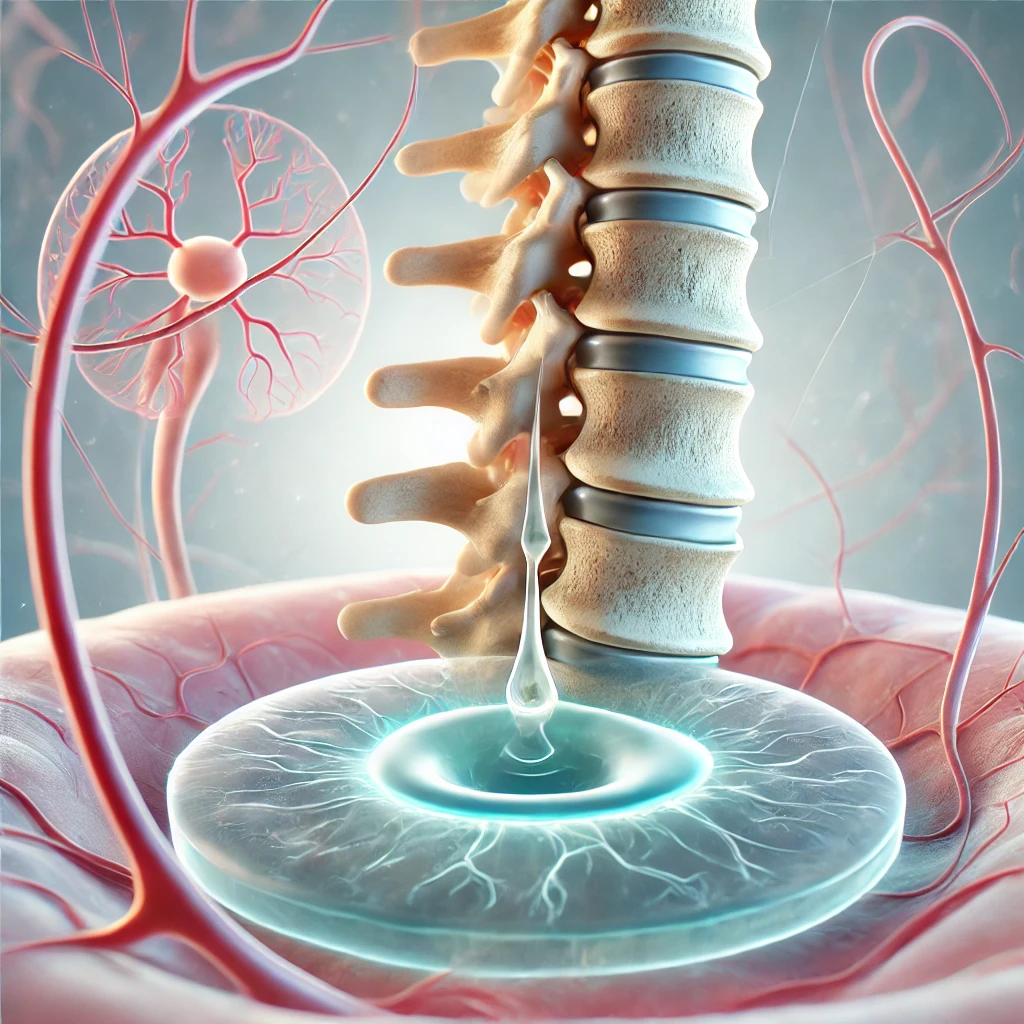Overview
Complex spinal disorders include many conditions affecting the spine that can involve different structures such as bones, discs, nerves, and muscles. These disorders can lead to significant pain, mobility problems, and functional limitations. Common examples include scoliosis, degenerative disc disease, spinal stenosis, and postoperative complications. Due to their complicated nature, complex spinal disorders often require a comprehensive approach to treatment. Dr. Irfan Malik of Mspin plays a key role in helping patients battle this serious condition.







